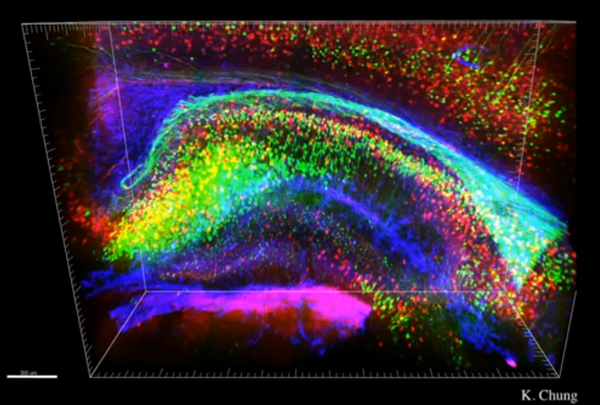A new scientific study has revealed that male and female humans do not have gender-specific brains, but instead are a random hodgepodge of male-like and female-like features. This is even true in regions that scientists once believed had major differences based on a person's sex.
The study's findings were published on November 30, Monday in the journal Proceedings of the National Academy of Sciences. It was conducted by the Tel Aviv University in Israel. It is likely the first study to research the sex differences in the entire human brain instead of single features such as size or grey matter, according to NDTV.
Researchers wrote that the study shows that gender differences exist among the brain structures of males and females. However, they are not big enough to classify brains as male or female.
It is even true when comparing the largest differences in male and female brains. Each brain is a "mosaic" that includes features that are more common in men or women, or equally common in both genders.
Psychobiologist Daphna Joel was the lead author. She explained that the human brain is not clearly "sexually dimorphic" like the large, bright tail feathers of the male peacock.
The researchers' theory was that male-type and female-type brains could exist. However, that would only be true if the differences in brain structures were the same among all men's and all women's brains.
The Israeli researchers tested their idea by examining 1,400 magnetic resonance images (MRI) from various studies of female and male brains. They focused on brain regions with the biggest gender differences.
In the first evaluation they studied MRI scans of 169 male subjects and 112 female subjects. They found the one-third biggest differences between "malelike" and "femalelike" features in 10 brain regions. However, just 6 percent of the brains were male or female.
In the second evaluation, the researcher studied over 600 brains of people aged 18 to 26 years old. They learned just 2.4 percent was male or female, according to Live Science. In addition, there were big differences in 52 percent of the brains.
Joel and her colleagues found few brains that were totally male or female; and no consistency in terms of white and grey matter, and brain connectivity. They concluded it was senseless to call brains male or female.
This video shares some of the differences/similarities between male/female brains:



























